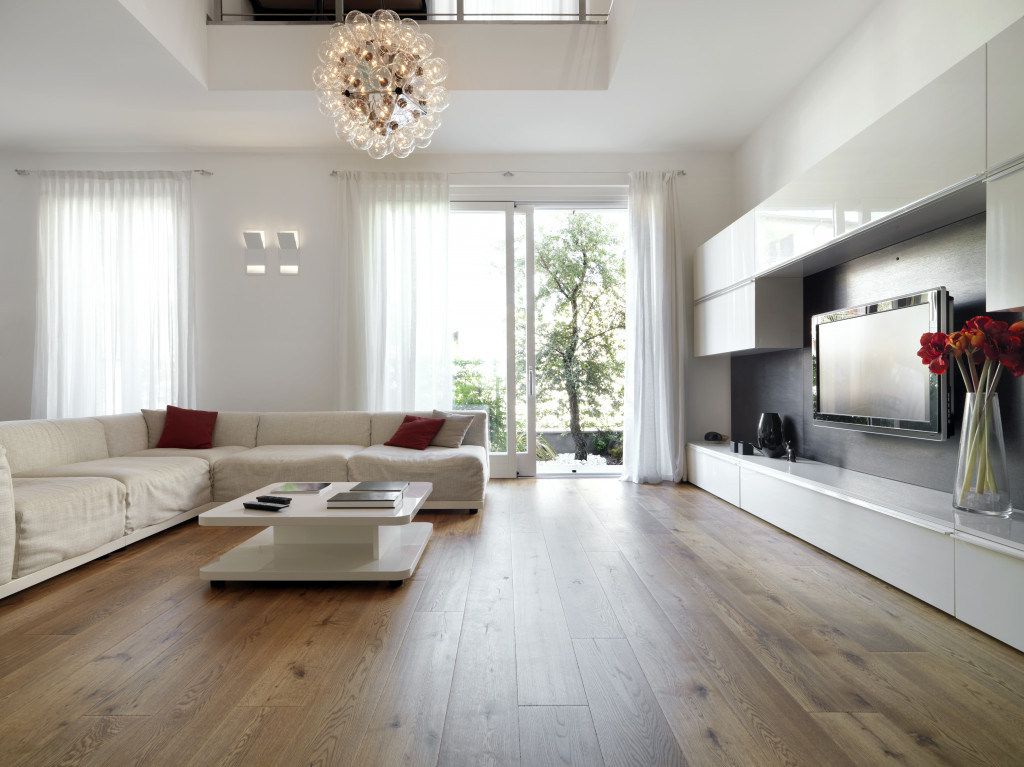We may not be aware of how much our physical surroundings are affecting our emotions and overall well-being. As a therapist, you aim to provide the best assistance you can provide to patients in need.
When you take patients in, you are setting an expectation that says, “I am going to help you.” It may not be through providing an instant solution to their problem or giving them the answers to their questions right away.
The moment patients come in–you would want to make them feel like they can trust you. How can you evoke trustworthiness and make them feel cared for through your clinic’s surroundings?
Sense of agency
A researcher at the University of Melbourne in Australia, Dr. Stephanie Liddicoat-Ocampo, stated that a room’s layout affects the patient’s perceptions of psychological intimacy, safety, and willingness to self-disclose. It helps therapists build rapport with their patients as their space provides both parties with a sense of agency.
Dr. Liddicoat-Ocampo also said that areas for therapy equipped with subpar layouts could provide feelings of otherness, impede the development of the sense of agency, and make communication difficult. The abovementioned can cause below expected patient outcomes, especially in talk type therapies such as cognitive-behavioral therapy (CBT).
The use of colors

If you have control over the paint or wallpaper that will be installed on your clinic’s walls, light and soothing tones are advisable. The colors can be along with the shades of green or blue.
Proper seating
To ensure that both the patient and the therapist feel comfortable enough to communicate effectively, seating areas or the therapy room should be equipped with furniture that is non-confrontational and encourages dialogue.
They should be able to make all participants feel comfortable and supported. Back support is one of the most crucial parts of designing therapy rooms. As a therapist, you would want your patient to relax while they let out what they need to.
In cases wherein the patient has a past case of violence, it is important to have furniture such as chairs and tables that are not easy to lift to avoid injury.
It is a good thing to also put the patient’s seat in a spot where they can spot the door easily—this will give them the idea that there is free will and that they are safe.
Use natural elements
Nature is one of the most comforting and accessible forms of healing. Research found that the presence of small parts of nature can be associated with improved mental health.
Having some plants in the therapy clinic and windows with good views of nature can help the patients, and the therapist gets a more positive experience out of their interaction.
Use of materials with natural color
Research is still yet to find the reason behind our ingrained preference for natural-colored wood with grainy texture over ones without it. Patients also feel more comfortable surrounded by wood rather than sleek materials such as metal or glass.
However, there is a limit to the wood’s therapeutic effects. If it starts to take up more than a quarter of a room’s surface, it loses its stress-relieving appeal.
In addition to wood’s comforting effects, they also do not allow residues as much as other materials such as metals and glass do. People find it unsettling to see traces of people being in the same place before them.
Customizable lighting
A way to make a patient comfortable for therapy is to give them the power to adjust things in the room. This could be something as simple as adjusting a light’s intensity. It is a way to give them the feeling that you are willing to provide what they need to make them comfortable.
Privacy
As patients will be coming in to talk about things they may otherwise not talk about with someone they do not know, you would want to provide them the sense that anything that will be discussed will stay between the two of you.
A way of doing this is to make sure that anything happening inside the therapy room is not audible outside of it. Entrance and exit paths should also be separate from the waiting room where everyone else is.
As an addition to what you learned and practiced to help people, you would want the help of the environment where you take your patients in. As much as possible, you should put in your preference to your therapy room to signal that you are also open to letting them know about you. This will make the establishment of trust easier on both sides.

